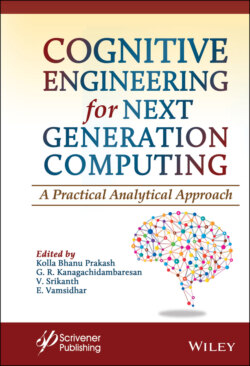Читать книгу Cognitive Engineering for Next Generation Computing - Группа авторов - Страница 42
1.10.2 Unsupervised Learning
ОглавлениеAn unsupervised strategy used to map the inputs and model them to find new trends. Derivative ones that combine these for a semi-supervised approach and others are also be used. Unsupervised learning is another form of machine learning algorithm which was applied to extract inferences from the large number of datasets consisting of input data without labeled responses.
Unsupervised learning happens when a calculation gains from plain models with no related reaction, leaving for the calculation to decide the information designs all alone. This sort of calculation will, in general, rebuild the information into something different, such as new highlights that may speak to a class or another arrangement of uncorrelated qualities. They are accommodating in giving people bits of knowledge into the significance of information and new valuable contributions to administered machine learning techniques.
The most widely recognized unsupervised learning technique is cluster analysis, which is utilized for exploratory information investigation to discover hidden examples or gathering in the information. It is like learning without a teacher. The machine learns through observation and finds structures in data.
Clustering and Association rule the two techniques that come under unsupervised learning.
Hierarchical clustering, K mean clustering, Markov models.
As a part of learning, it takes after the strategies people use to make sense of those specific articles or occasions are from a similar class, for example, by watching the level of similitude between objects. Some suggestion frameworks that find on the web through promoting robotization depend on this sort of learning.
This opens the entryway onto a huge number of utilizations for which AI can be utilized, in numerous territories, to depict, endorse, and find what is happening inside enormous volumes of assorted information.
